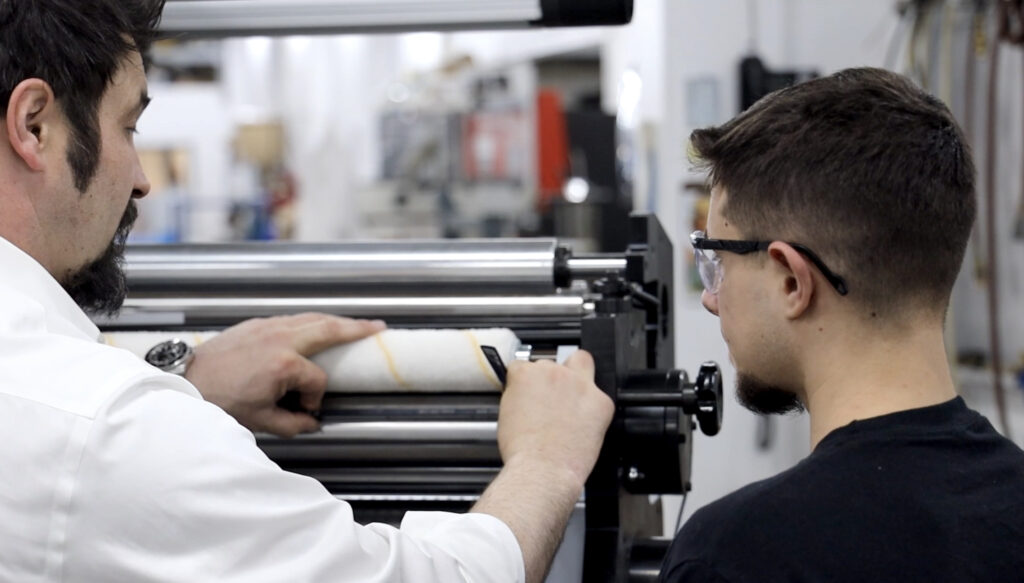Sustainability is becoming a critical focus in the packaging industry, driven by growing consumer demand and regulatory pressures. As awareness of environmental issues increases, consumers are seeking products with eco-friendly packaging, and packaging converters are taking notice.
The Push for Sustainable Packaging in 2024
Governments are also enacting stricter regulations to promote sustainability, compelling companies to adopt greener practices. This shift towards sustainability is shaping the strategies and operations of packaging converters, pushing them to innovate and adapt.
Innovations in Sustainable Packaging
Here are some of the most noteworthy innovations in sustainability for
- Biodegradable and Recyclable Materials: Packaging converters are increasingly using biodegradable and recyclable materials. These materials help reduce environmental impact and meet consumer expectations for sustainable packaging.
- Reusable Packaging Solutions: Developing packaging that can be reused multiple times is another significant trend. This approach not only reduces waste but also appeals to eco-conscious consumers.
- Reducing Carbon Footprints: Advances in manufacturing processes are helping to lower the carbon footprint of packaging production. This includes using renewable energy sources and optimizing supply chains for greater efficiency.
Key Trends on Sustainability for Packaging Converters
Packaging converters are increasingly focused on sustainable solutions, emphasizing the use of advanced materials and innovative designs to reduce environmental impact. There is a growing importance of scaling reuse pilots and implementing extended producer responsibility (EPR) to drive sustainability in packaging. Significant advancements are being made in sustainable packaging conversion, including the development of eco-friendly films and the integration of renewable resources into packaging production.
Challenges Faced by Packaging Converters
Navigating Regulatory Requirements
Packaging converters must navigate a complex landscape of regulatory requirements related to sustainability. New and upcoming legislation often mandates the use of specific materials or the reduction of certain pollutants. Companies must stay informed and proactive to ensure compliance and avoid potential penalties. Strategies for navigating these regulations include investing in compliance training and collaborating with industry experts to stay ahead of changes.
Balancing Cost and Sustainability
Adopting sustainable practices can sometimes involve higher initial costs. However, converters can balance these costs through strategic planning and efficient resource management. Investing in technology and materials that offer long-term savings, such as durable reusable packaging or energy-efficient production equipment, can mitigate upfront expenses. Additionally, highlighting the cost benefits of reduced waste and improved efficiency can help justify the investment in sustainability.
Consumer Expectations
Consumers today are more environmentally conscious and expect brands to reflect their values. Packaging converters need to meet these expectations by adopting sustainable practices and clearly communicating their efforts. Incorporating sustainability into the brand message and packaging design can enhance consumer trust and loyalty. This involves using eco-friendly materials, minimizing packaging waste, and providing clear information about the sustainability of the packaging.
Tamarack’s Equipment for Packaging Converters
Tamarack P500 Integral Labeling Equipment
The Tamarack P500 offers advanced labeling solutions that can handle a wide range of label types and sizes to support diverse packaging needs. Its precision and reliability ensure consistent label placement, reducing waste and enhancing product presentation. By streamlining the labeling process, the P500 helps packaging converters improve operational efficiency and reduce their environmental impact.
Tamarack Vista Window Patching Equipment
The Tamarack Vista Window Patching Equipment enhances product visibility while maintaining sustainability. It integrates a clear, durable film into the packaging, allowing consumers to see the product inside. Window patching equipment is particularly beneficial for showcasing products that benefit from visual inspection, such as food items and cosmetics. The Vista’s precision and customization options make it a valuable asset for converters looking to create attractive, eco-friendly packaging.
Sustainability in packaging is crucial for meeting consumer expectations and regulatory requirements. Tamarack’s advanced equipment supports packaging converters in their efforts to adopt sustainable practices, streamline operations, and enhance product visibility. By investing in innovative solutions like the Versa Web SE, P500, and Vista Window Patching Equipment, converters can achieve greater efficiency and environmental responsibility.
Packaging converters must embrace sustainable practices to stay competitive in 2024 and beyond. Let us partner with you to create innovative, eco-friendly packaging solutions that set you apart in the marketplace. Contact Tamarack to explore how our cutting-edge equipment helps to drive sustainable operations for packaging converters.





